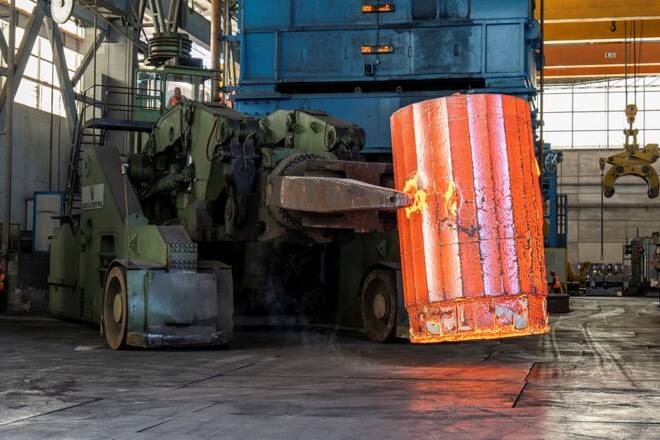Advertisement
Advertisement
Factbox: Hydrogen’s many colours
By:
(Reuters) - Industries including energy, steel and chemicals are looking to develop large-scale hydrogen applications to help reduce carbon emissions and avert global warming.
(Reuters) – Industries including energy, steel and chemicals are looking to develop large-scale hydrogen applications to help reduce carbon emissions and avert global warming.
Although hydrogen is the most abundant element in the universe, it’s very scarce as a gas, and so far most methods of producing gas at scale release large amounts of carbon dioxide.
Hydrogen is colourless, but each form of it has been categorised by a colour that reflects its carbon footprint: The ultimate is green hydrogen, extracted using power from renewable energy such as wind or solar.
Here are details about green, grey, blue and turquoise hydrogen:
1. Green hydrogen
Derived from renewable sources which could include offshore wind, powering floating electrolysis plants. Green hydrogen can be stored, piped, or carried by tankers to consumers, for example to serve hydrogen filling stations. So far it has mostly been produced for experimental projects.
2. Grey hydrogen
Grey hydrogen is extracted from natural gas using steam-methane reforming, currently the standard industry process.
3. Blue hydrogen
Blue hydrogen is produced in the same way as grey hydrogen but with CO2 emissions captured for underground or subsea storage. It’s often presented as a transitional approach until green hydrogen output can scale up.
4. Turquoise hydrogen
Also called low-carbon hydrogen, and so far very small scale, this is hydrogen generated from natural gas but using pyrolysis – the gas is passed through molten metal, producing solid carbon as a byproduct with useful applications.
(Reporting by Vera Eckert; Edited by Sara Ledwith)
About the Author
Reuterscontributor
Reuters, the news and media division of Thomson Reuters, is the world’s largest international multimedia news provider reaching more than one billion people every day. Reuters provides trusted business, financial, national, and international news to professionals via Thomson Reuters desktops, the world's media organizations, and directly to consumers at Reuters.com and via Reuters TV. Learn more about Thomson Reuters products:
Did you find this article useful?
Latest news and analysis
Advertisement
